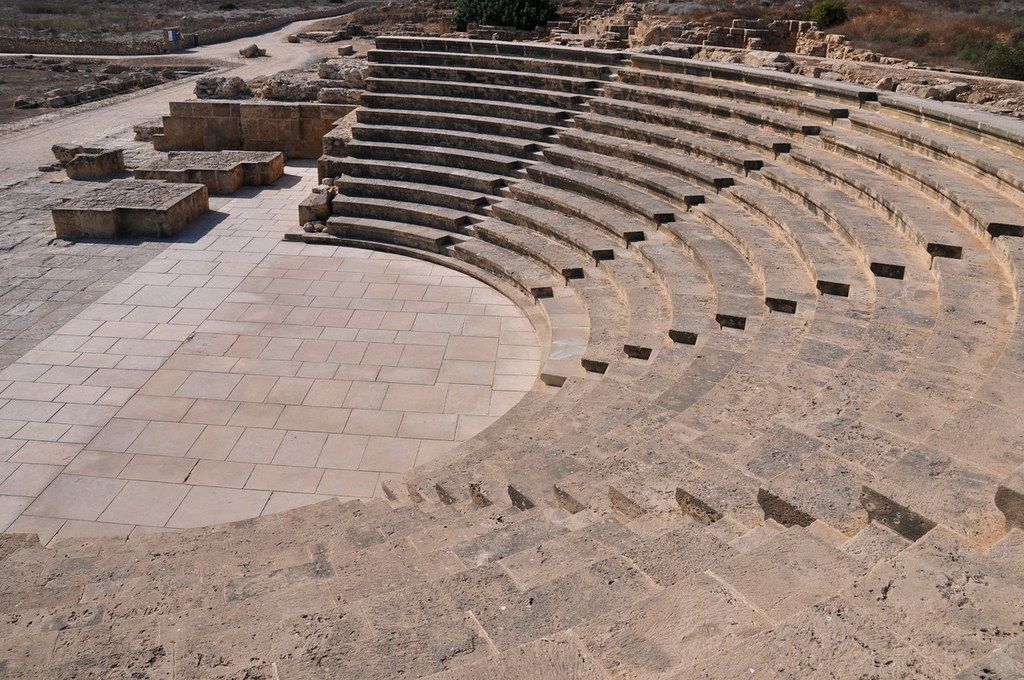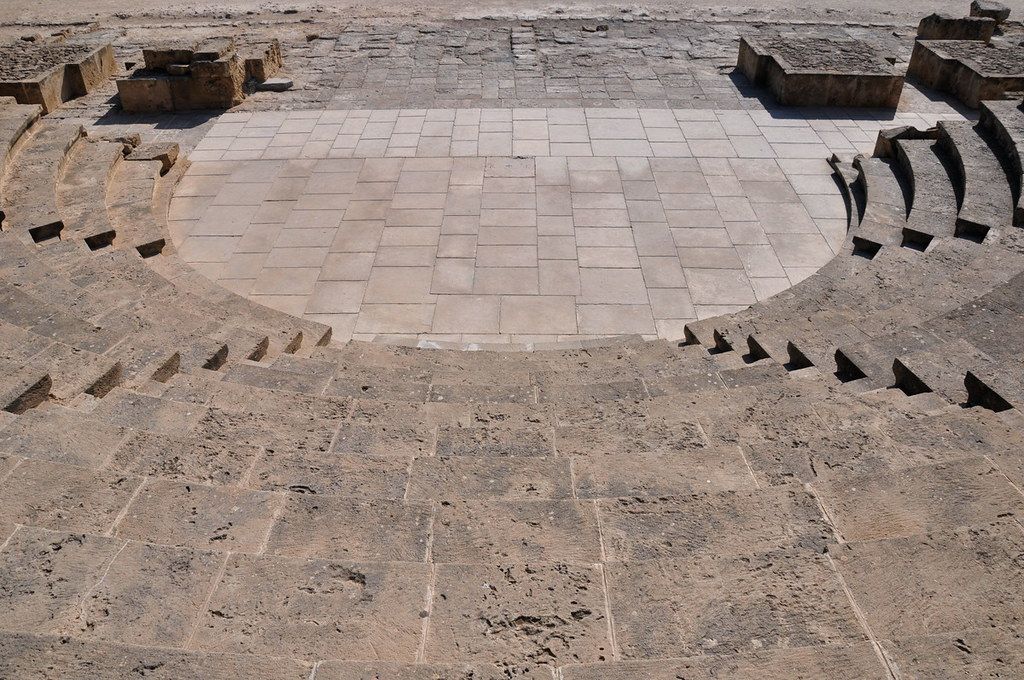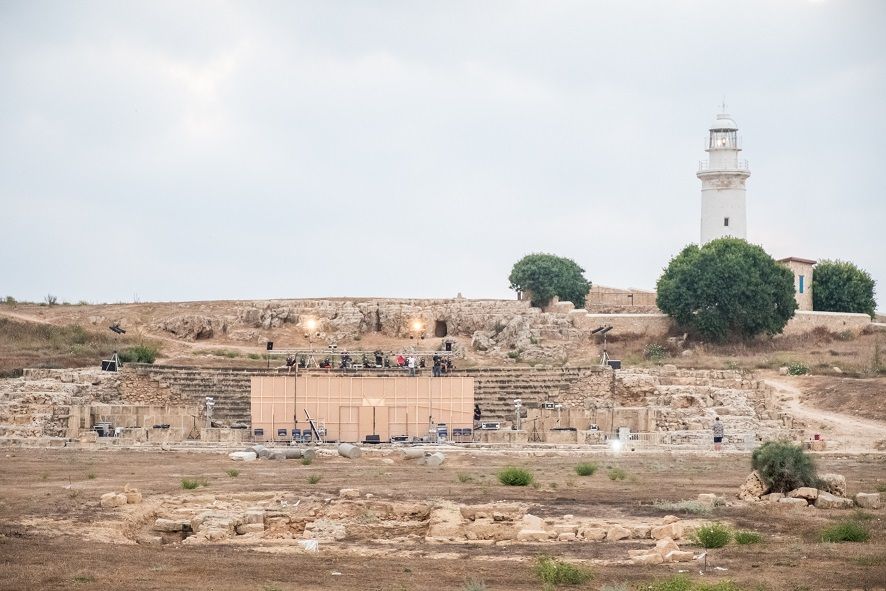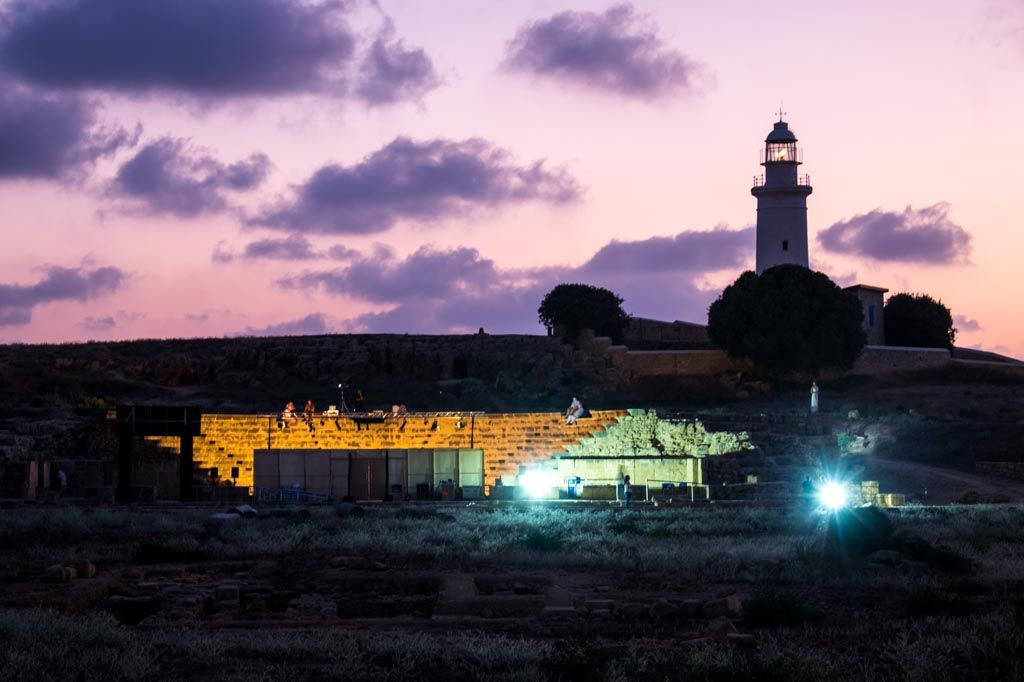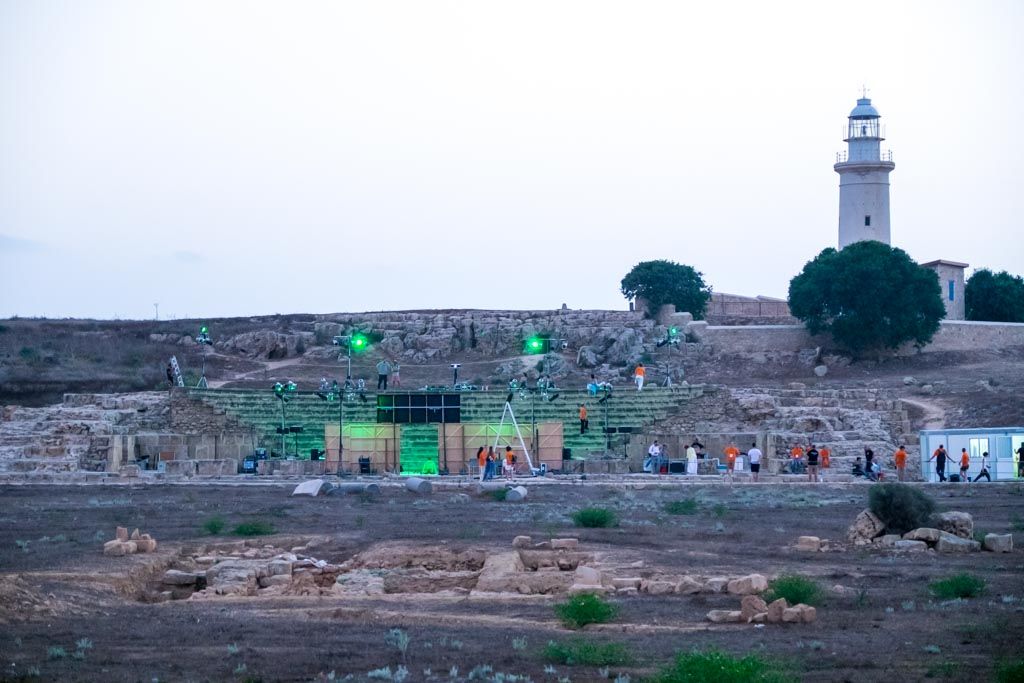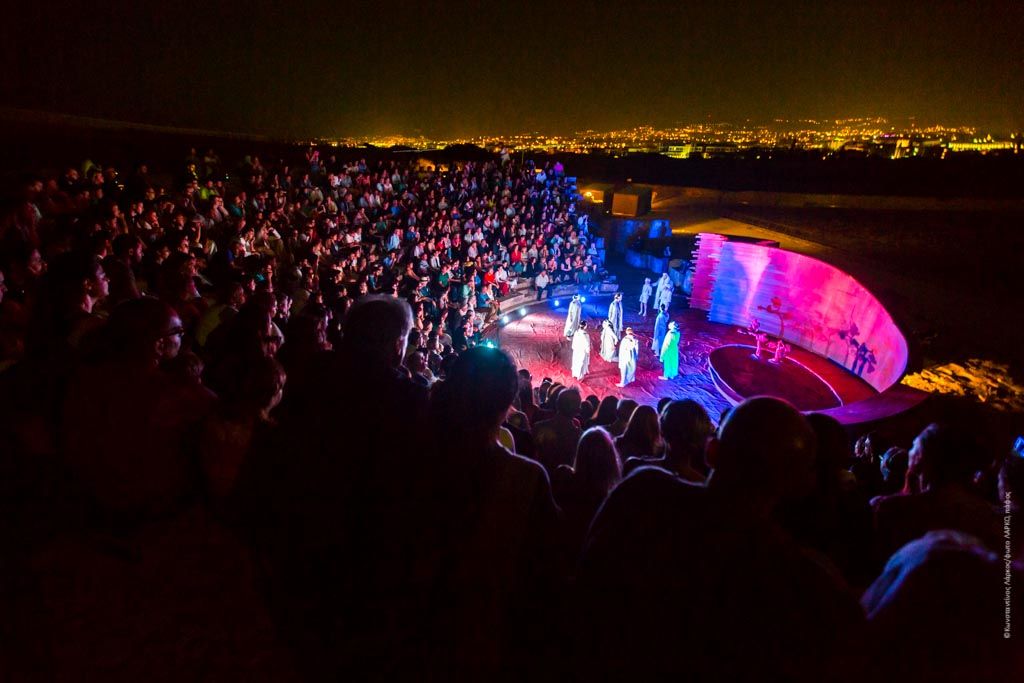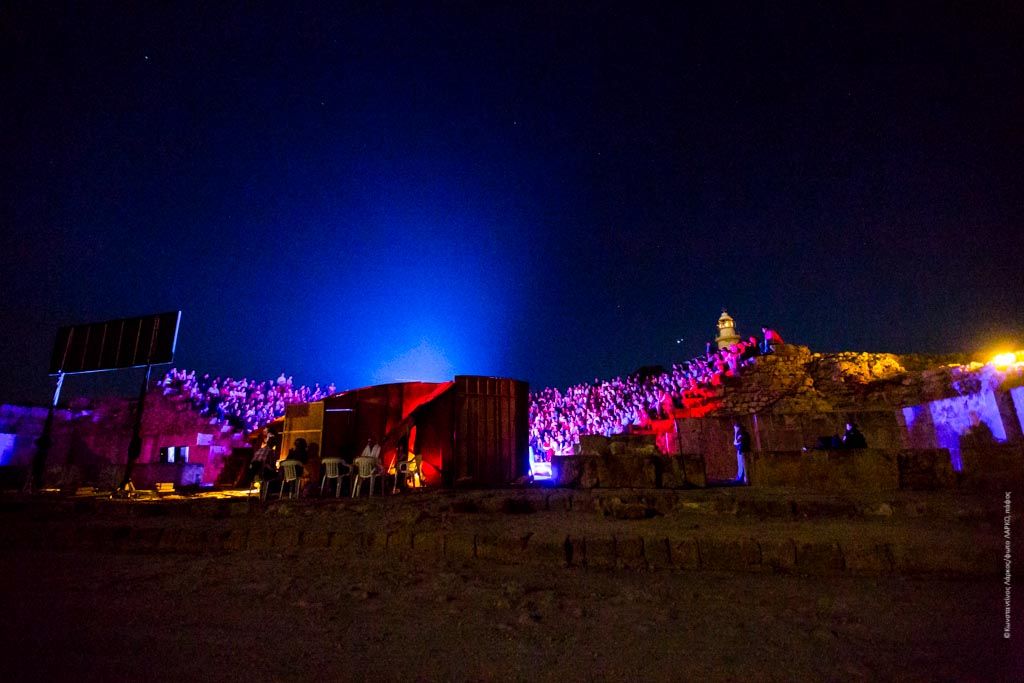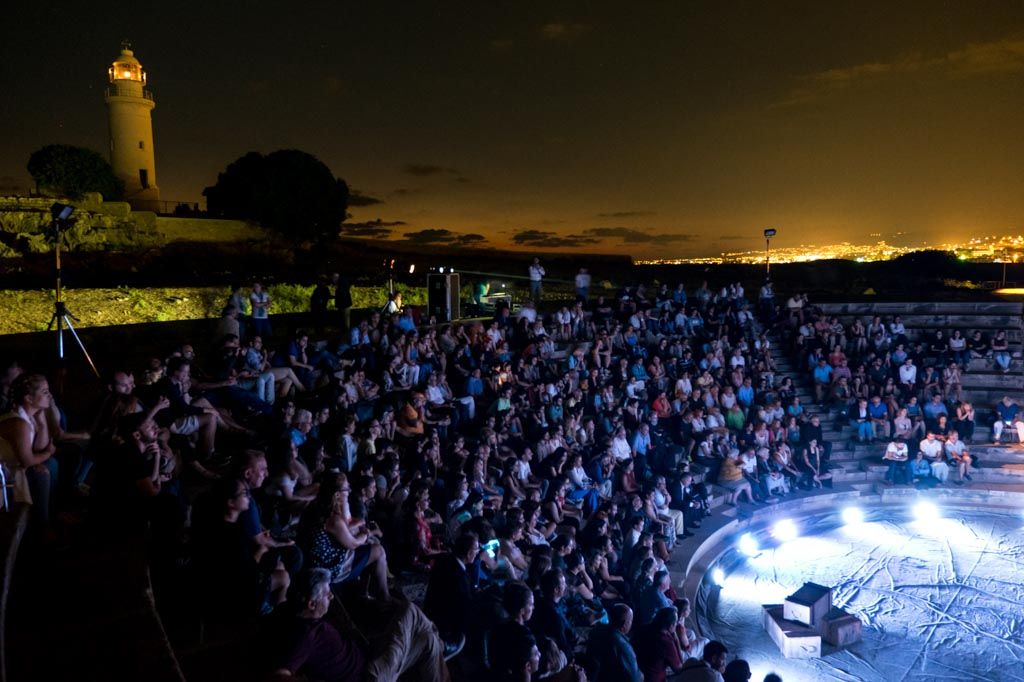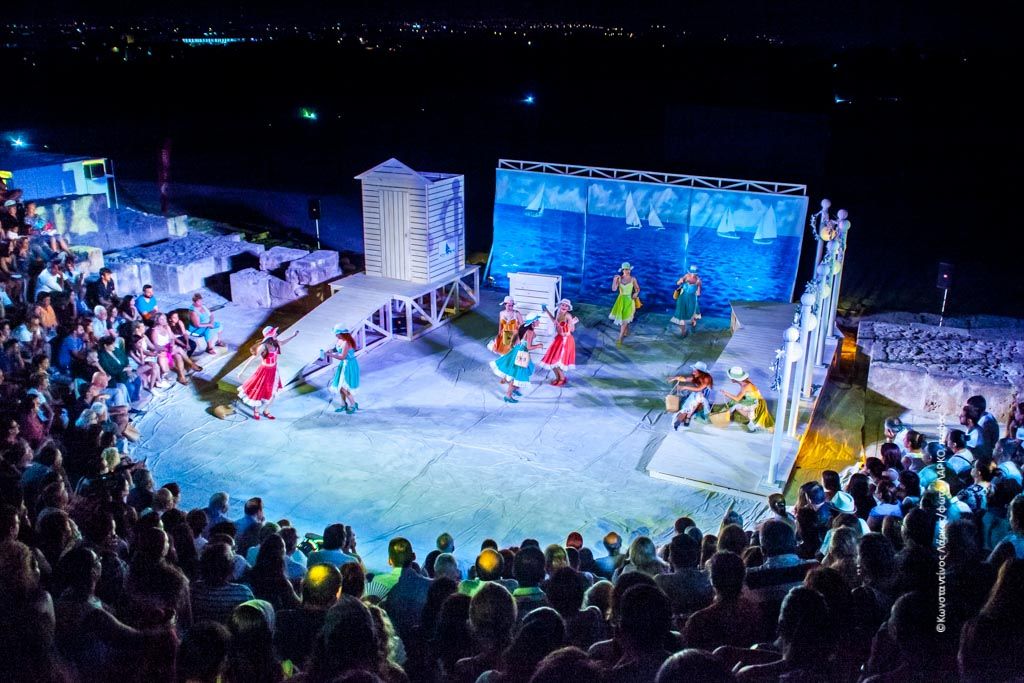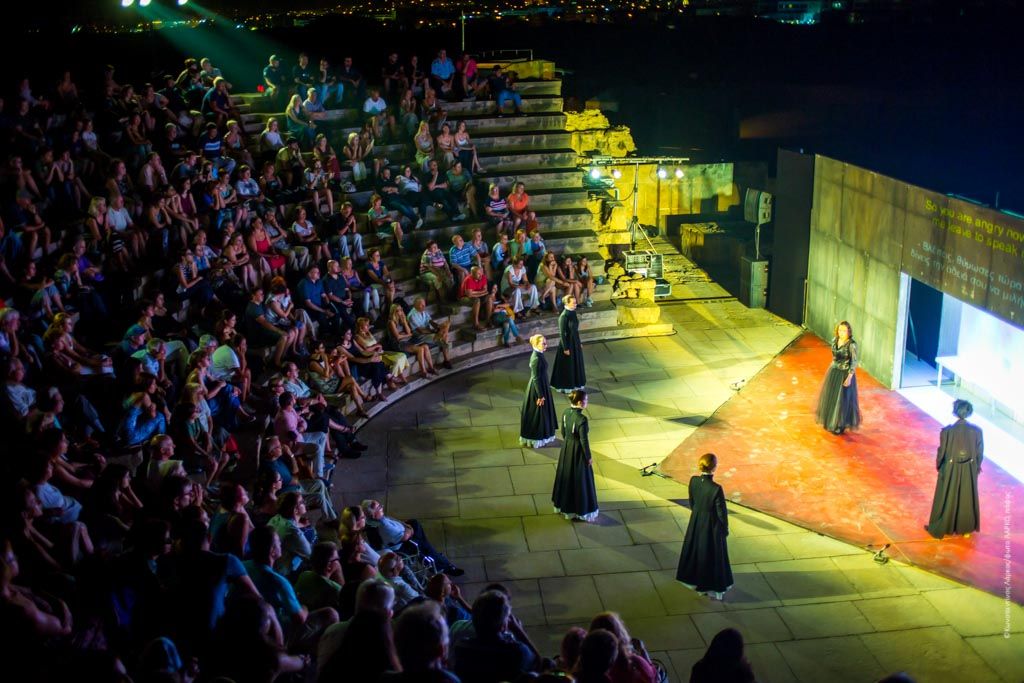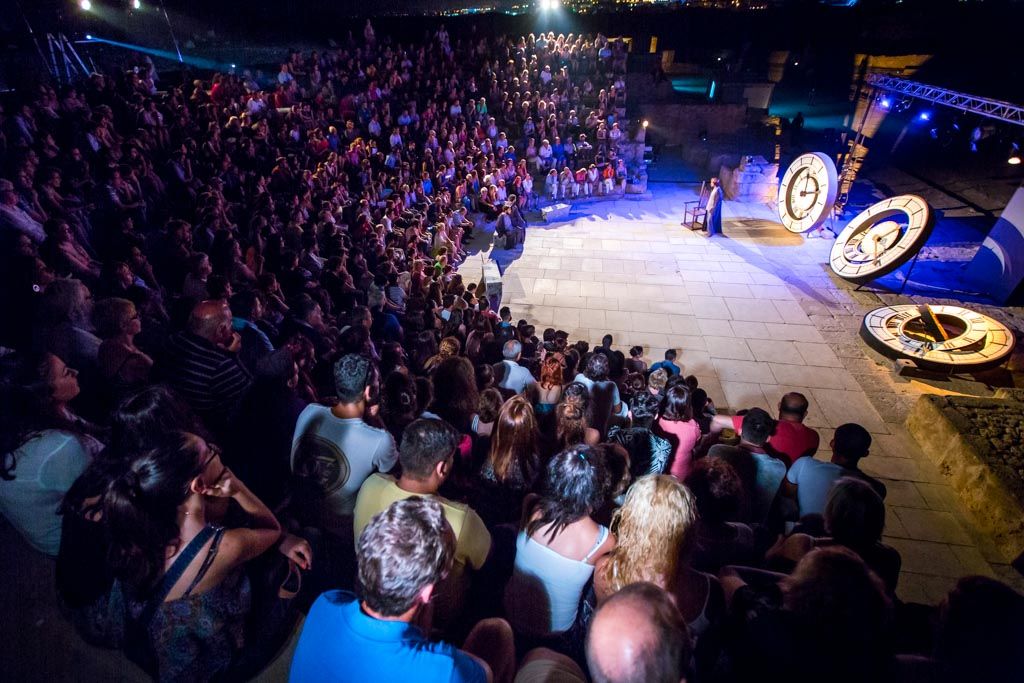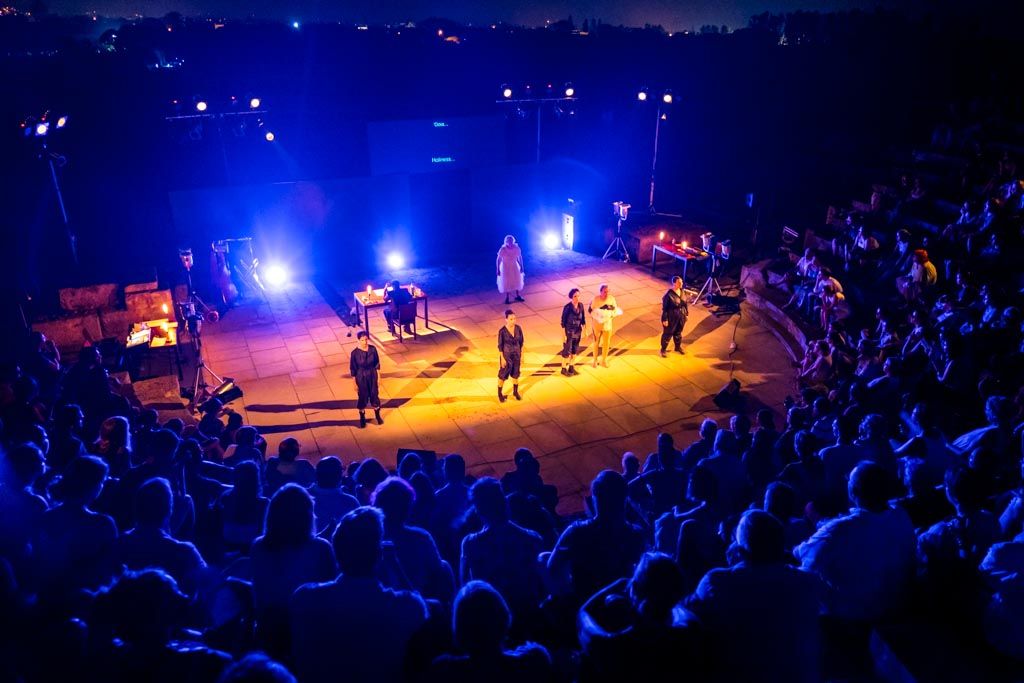Paphos
Ancient Odeon
Paphos Ancient Odeon
The Paphos Odeon is located in Kato Paphos, in the heart of the tourist area and is one of the most important monuments of Nea Paphos. It was part of the Roman Agora buildings and dates back to the 2nd century A.D and it was restored by the Department of Antiquities. Today, it accommodates various cultural events.
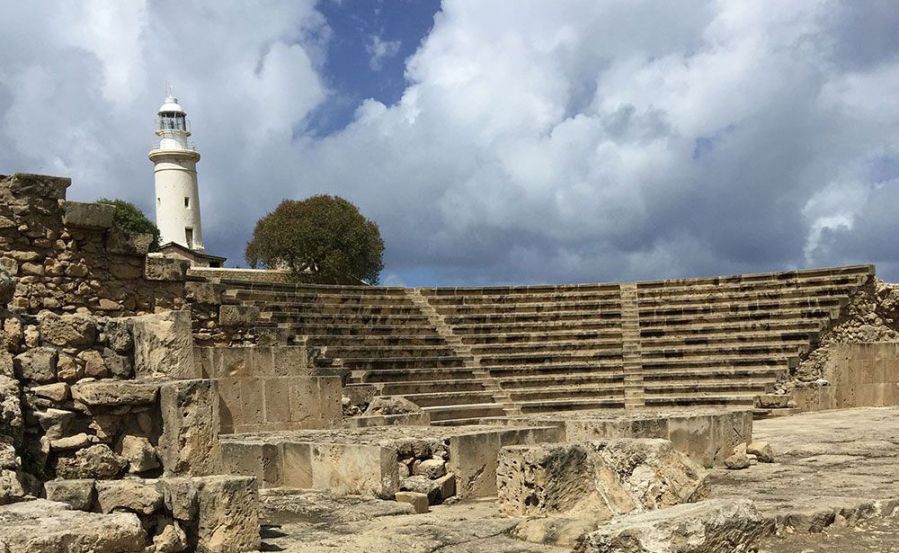
The Nea Paphos archaeological site
Nea Paphos is situated on a small promontory on the southwest coast of the island. According to written sources, the town was founded at the end of the 4th century B.C. by Nicocles, the last king of Palepaphos. In the beginning of the 3rd century B.C. when Cyprus became part of the Ptolemaic Kingdom, which had its capital in Alexandria, Nea Paphos became the centre of the Ptolemaic administration on the island. Until the end of the 2nd century B.C., Nea Paphos acquired such an important role as a political and economical centre of the region, that the Ptolemies made it the capital of the whole island.
When in 58 B.C. Cyprus was annexed by Rome, Nea Paphos continued to be the capital of Cyprus. Only after the disastrous earthquakes of the 4th century A.D. was the capital transferred to Salamis, which was then renamed Constantia. Even then, however, Nea Paphos still dominated the other cities of Cyprus. After the Arab raids in the middle of the 7th century, Nea Paphos went through a period of decline and was thus reduced in size. The town regained some of its importance during the Byzantine and Medieval periods, but from the Venetian period onwards, the coastal settlement of Nea Paphos was abandoned and the population began to move further inland where the present town of Paphos (Ktima) developed.
Systematic excavations at Nea Paphos started in 1962 by the Department of Antiquities during which many of the ancient town´s administrative buildings, as well as private houses and ecclesiastical buildings came to light. Nea Paphos, has also been the centre of excavations and research by many foreign archaeological missions, from Universities and Schools from all over Europe, America and Australia.
In 1980, Nea Paphos and Palepaphos were inscribed on UNESCO’s World Heritage List.
Please note that the following are not permitted:
Entry into the theatre after the performance commences.
- Smoking, and the consumption of food and drinks at the archeological site (with the exception of water).
- The use of mobile phones during performance.
Taking photographs, with or without the use of flash, and recording (audiotaping or videotaping) part and/or the whole of the performance.
Audience members are expressly prohibited from occupying seats other than those specifically stated on their tickets.
- Important Announcements for the Public
- The entrance to the Ancient Odeon, is located on Galatiani Str, from the roundabout of Kings Avenue Mall towards the port of Kato Paphos (Ap. Pavlou Avenue).
- Parking spaces will be indicated while entering the Archaeological Site.
- Entrance will be permitted at 20:00.
- The entrance to the amphitheatre will be allowed at 20:30.
- Festival’s performances start at 21:00
The Paphos Ancient Odeon is used with the permission of the Department of Antiquities of the Deputy Ministry of Culture
